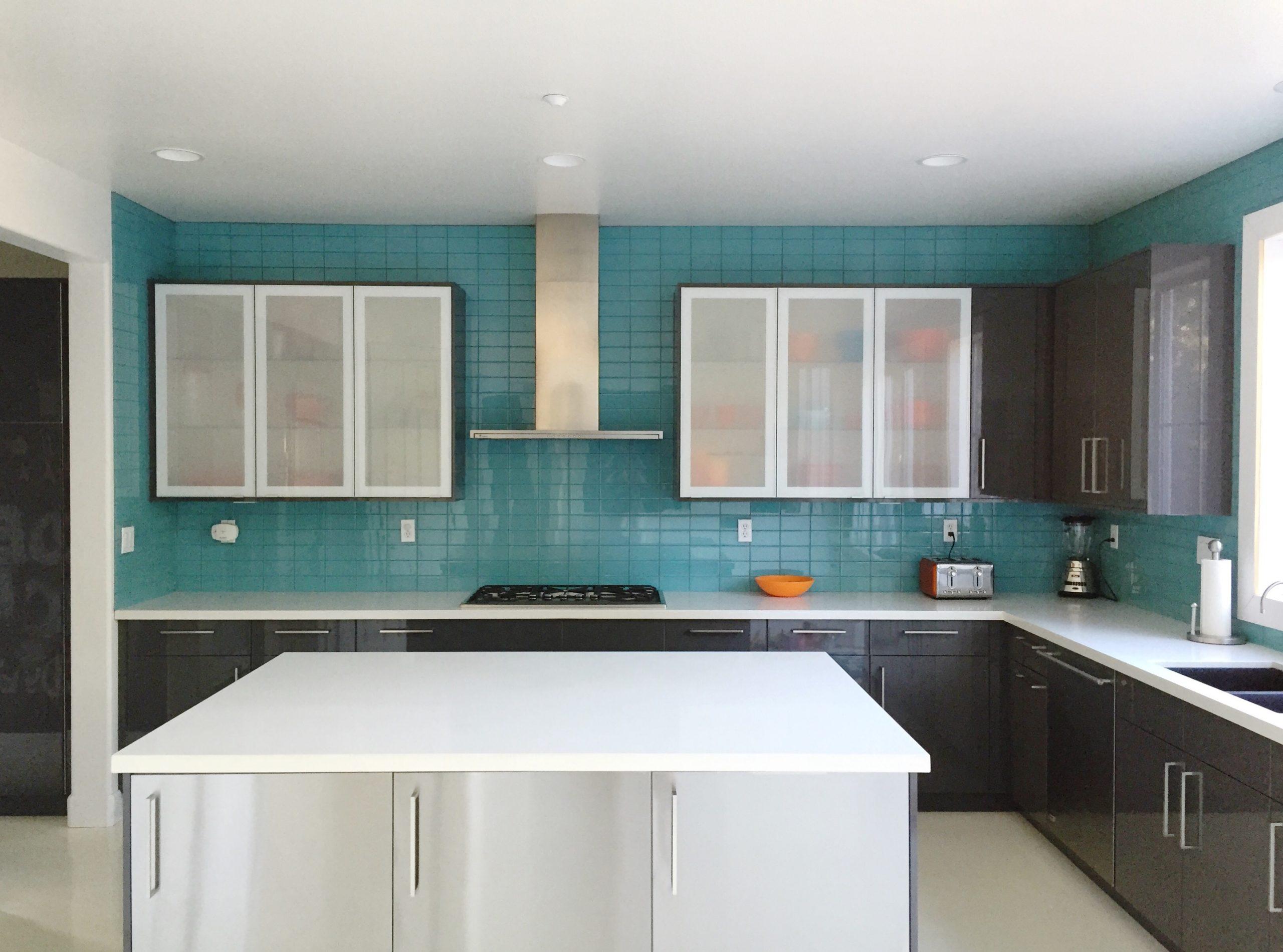Glass tiles have a high aesthetic result and commonly do a wander in any area by their gorgeous shades, as well as shimmers. I commonly utilized glass tiles for kitchen backsplashes, wall surface treatment, showers, health spas, as well as swimming pool areas, and so on. They are similar to jewels for home while including a touch of modernity to any sort of style. However, not every glass tile can be found of the same quality, as well as their installation is more difficult than ceramic floor tiles or porcelain floor tiles. Before we speak about how to choose the best glass tiles, let’s have a look at glass floor tiles’ history.
Glass Tile History
The glass was utilized in mosaics as early as 2500 BC; however, it took till the third century BC prior to cutting-edge craftsmen in Persia, Greece, and India creating glass backsplash tile.
Although clay tiles were available as old as 8000 BC, there were notable hurdles to the growth of glass tiles, including the high temperatures needed to thaw glass, as well as the complexities of mastering different annealing curves for glass.
In recent years, glass tiles have become popular for both fields, as well as accent tiles. This pattern can be credited to current technological advancements, as well as the tiles’ inherent homes, particularly their prospective to convey intense shade, as well as show light, and their imperviousness to water. You can click here for more information.
Kinds of Glass Tiles
Cast glass tiles are developed in a fluid state at temperature levels of 1600°F or higher. Cast glass surface areas are generally curly or slightly textured with integral folds up, bubbles, as well as creases. The spreading procedure generates color throughout the item, likewise, marble is not the all-natural stone item utilized for countertops, but the small rounded marbles we played with as youngsters!
Molten backsplash glass tiles are typically made from sheet glass that has been modified through warmth. During the manufacturing process, multiple layers of glazes, as well as comparable products are included in phases, which generates varying shades and patterns. Molten glass tile surfaces can be smooth, uniform, distinctive, or non-uniform.
Covered glass tiles are made from sheet glass that has been altered at lower temperatures. These floor tiles will have color finishes applied to the rear of clear glass, which enables the back-coated shades to transfer through clear glass.
How to choose the best glass ceramic tile for your task?
The above 3 types of glass tiles are created at different temperature levels. Generally, the higher the temperature levels, the more resilient glass tiles are. Yet certainly, the proper annealing is quite vital to prevent fracture or damage as a result of the sudden temperature transformation. Glass tiles are able to be utilized for pool, floor covering, as well as outdoor. Covered glass floor tiles are recommenced to be used for the cooking area backsplash.

